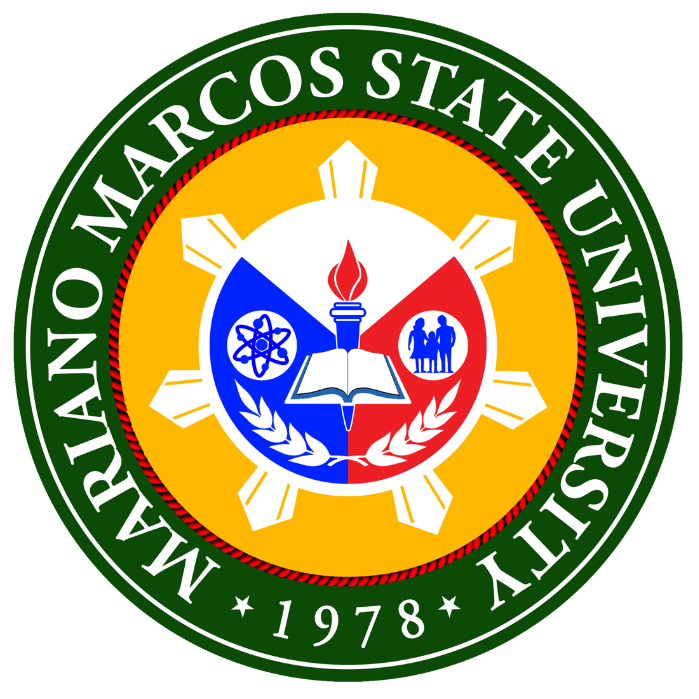Brief History
The Mariano Marcos State
University (MMSU) was established on January 6, 1978 by virtue of Presidential Decree No. 1279 issued by the
then President Ferdinand E. Marcos. The decree merged the then Mariano Marcos Memorial College of Science and
Technology (MMMCST) in Batac and the Northern Luzon State College (NLSC) in Laoag City, and integrated the
college departments of the Ilocos Norte Agricultural College (INAC) and the Ilocos Norte College of Arts and
Trades (INCAT).
MMSU’s mandate is to provide
advanced instruction in the arts, agricultural and natural sciences, and technological and professional fields.
MMSU’s 300-hectare main campus is located in the
heart of the City of Batac, a peaceful young city conducive for educational and rural development. The
university also has campuses in Laoag City, and in the towns of Currimao and Dingras. MMSU offers 66 degree
programs at the undergraduate and graduate levels. Majority of these programs are accredited at various levels
by an evaluation body for state universities and colleges. It is recognized by the Commission on Higher
Education as Center of Excellence (COE) in Teacher Education, and Center of Development (COD)
in Agriculture, Biology, Forestry and Information Technology Education. It has also been chosen as one of
the few National Universities for Agriculture and Fisheries Education in the entire Philippines.
To date, MMSU has 11 academic
units: Graduate School (GS), College of Law (COL), College of Medicine (COM), College of Agriculture, Food and
Sustainable Development (CAFSD), College of Aquatic Sciences and Applied Technology (CASAT), College of Arts and
Sciences (CAS), College of Business, Economics and Accountancy (CBEA), College of Engineering (COE), College of
Health Sciences (CHS), College of Industrial Technology (CIT) and College of Teacher Education (CTE).
These are distributed in six campuses : main campus (Batac), campus 2- Laoag, campus 3- Laoag, campus
4-Currimao, campus 5- Dingras, and campus 6-Paoay. The main campus houses seven academic units: COL, COM, CAFSD,
CAS, COE, CBEA, CHS; campus 2, CTE and GS; campus 3, CIT; and campus 4, CASAT. The two other campuses, campus 5
and 6, are satellite campuses of CAFSD and CIT, respectively.
